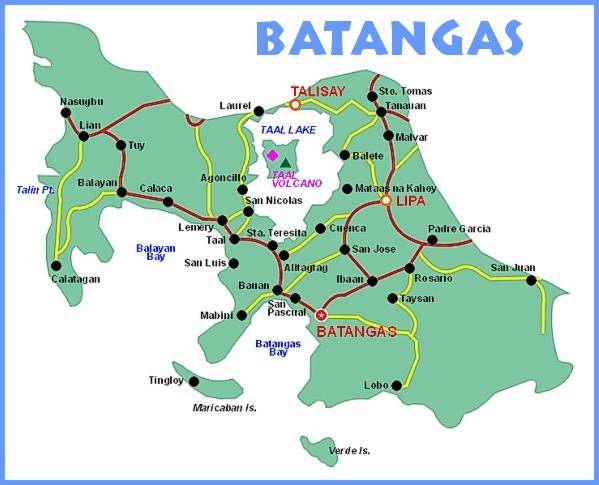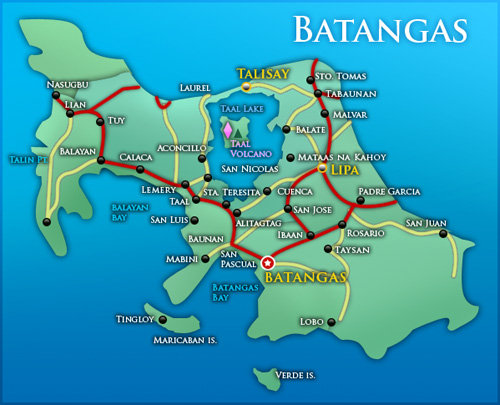
-
МјРЇСІИёСЖШИМі
-
 И№ОЫ КИОЫ Йъ ЗЛЦЎЧЯБт~ ИЎСЖЦЎ ПЙОрБюСі
И№ОЫ КИОЫ Йъ ЗЛЦЎЧЯБт~ ИЎСЖЦЎ ПЙОрБюСі 89,458
89,458 -
 [ЧЪИЎЧЩ ММКЮ] ФЋИ№ХзНК ПЉЧр 100Йш СёБтБт
[ЧЪИЎЧЩ ММКЮ] ФЋИ№ХзНК ПЉЧр 100Йш СёБтБт 48,907
48,907 -
 ИЖДвЖѓ НУГЛ - ИЎРп АјПјСЄКИ. (ЛчСј 16Рх ЦїЧд)
ИЖДвЖѓ НУГЛ - ИЎРп АјПјСЄКИ. (ЛчСј 16Рх ЦїЧд) 30,790
30,790 -
 ММКЮРЧ СіПЊСЄКИ15,529
ММКЮРЧ СіПЊСЄКИ15,529 -
 ИЖДвЖѓ БйБГ - ЕћАЁРЬЕћРЬ ПЉЧр СЄКИ14,341
ИЖДвЖѓ БйБГ - ЕћАЁРЬЕћРЬ ПЉЧр СЄКИ14,341 -
 [ЧЪИЎЧЩ ММКЮ/ИЗХК] ШЃХк МїЙк ПфБн Йз СЄКИ13,319
[ЧЪИЎЧЩ ММКЮ/ИЗХК] ШЃХк МїЙк ПфБн Йз СЄКИ13,319 -
 КИЖѓФЋРЬРЧ И№Еч И№НРРЛ КММі РжДТ ЛчСјУИ.13,132
КИЖѓФЋРЬРЧ И№Еч И№НРРЛ КММі РжДТ ЛчСјУИ.13,132 -
 ИЖДвЖѓ БйБГ - ЦХЛѓЧб ЦјЦї ПЉЧрСЄКИ12,832
ИЖДвЖѓ БйБГ - ЦХЛѓЧб ЦјЦї ПЉЧрСЄКИ12,832 -
 [ММКЮ-ЙшМБТјРх] МБЙкШИЛч РќШЙјШЃПЁПф~12,445
[ММКЮ-ЙшМБТјРх] МБЙкШИЛч РќШЙјШЃПЁПф~12,445 -
 ИЖДвЖѓ СіПЊ(ПЁИЃЙЬХИ -ИЛЖѓХз)РЧ СіЕЕ/ЧбБЙ РННФСЁ/МюЧЮИє12,113
ИЖДвЖѓ СіПЊ(ПЁИЃЙЬХИ -ИЛЖѓХз)РЧ СіЕЕ/ЧбБЙ РННФСЁ/МюЧЮИє12,113


Batangas is a first class province of the Philippines located on the southwestern part of Luzon in the
CALABARZON region. Its capital is Batangas City and it is bordered by the provinces of Cavite and Laguna
to the north and Quezon to the east. Across the Verde Island Passages to the south is the island of Mindoro and to the west lies the South China Sea. Poetically, Batangas is often referred to by its ancient name Kumintang.
Batangas is one of the most popular tourist destinations near Metro Manila. The province has many beaches
and is famous for excellent diving spots including Anilao in Mabini, Sombrero Island in Tingloy, Ligpo Island in
Bauan, these areas more popularly known as Anilao. Matabungkay in Lian, Punta Fuego in Nasugbu, Calatagan and Laiya in San Juan.
Batangas is also where Taal Volcano, one of the Decade Volcanoes is located. It is also where the Taal Heritage town lies, a small picturesque town that has ancestral houses and structures dating back to the 1800s.
Etymology
The first recorded name of the Province was Kumintang, after the Datu who inherited the dominion from Datu
Balensusa. Its centre, the present day Balayan, was the most progressive town of the Province and the traditional centre of governance. Later, as the eruption of the Taal Volcano destroyed a significant portion of the town,
the provincial centre was transferred to Taal, which was then called Bonbon and the name of the province
was changed after that of the town.
The term batangan means a raft, the people used so that they could fish in the nearby Taal Lake. It also meant
the numerous logs found in the Calumpang River, the body of water that runs through the northeastern portion
of the town and assumes the shape of a tuning fork.
People
The dialect of Tagalog spoken in the province closely resembles the Old Tagalog spoken before the arrival of the Spanish. Hence the Summer Institute of Linguistics [1] called this province the Heartland of the Tagalog Language. A strong presence of the Tagalog culture is clearly visible to the present day.
Linguistically Batangueños are also known for their unique affectation of often placing the particles eh or ga
(equivalent of particle ba Filipino), usually as a marker of stress on the sentence, at the end of their spoken
sentences or speech; for example: "Ay, oo, eh!" ("Aye, yes, indeed!"). Some even prolong the particle 'eh'
into 'ala eh', though it really has no meaning in itself.
In the recent years, waves of migration from the Visayas had brought significant number of Visayans to the
province. There are also a few who can speak Spanish, since Batangas was an important centre during the
colonial period.
Batangas also has one of the highest literacy rates in the country at 96.5%, wherein the males have a slightly
higher literacy rate at 97.1% than females with 95.9%.
Geography Physical
Batangas is a combination of plains and mountains, including the world's smallest volcano, Mt. Taal, with an
elevation of 600 meters, located in the middle of the Taal Lake. Other important peaks are Mt. Makulot with an
elevation of 830 m, Mt. Talamitan with 700 m, Mt. Pico de Loro with 664 m, Mt. Batulao with 811 m, Mt. Manabo with 830 m, and Mt. Daguldol with 672 m.
The Municipality of Nasugbu is the home of the plantation of Central Azucarera Don Pedro, the Philippines' largest producer of sugar and other sugarcane products.
Batangas also has many islands, including Tingloy, Verde Island(Isla Verde),Fortune Island of Nasugbu.
- ЁЄ
- ЁЄ
- ЁЄ
- ЁЄryWvMVxeet
- ЁЄryWvMVxeet
- ЁЄryWvMVxeet\'\"\\(
- ЁЄryWvMVxeetщ\'\"\\(
- ЁЄryWvMVxeet
- ЁЄryWvMVxeet
- ЁЄryWvMVxeet
- ЁЄryWvMVxeet
- ЁЄryWvMVxeet
- ЁЄryWvMVxeet
- ЁЄryWvMVxeet
- ЁЄryWvMVxeet















 ЧЪРкДхФФ ОпАЃЛѓДу ПРЧТ
ЧЪРкДхФФ ОпАЃЛѓДу ПРЧТ 12ГтПЌМг МвКёРкИИСЗ 1РЇ
12ГтПЌМг МвКёРкИИСЗ 1РЇ
 ГЛАд ИТДТ ОюЧаПј УЃБт
ГЛАд ИТДТ ОюЧаПј УЃБт
 ИЎОѓ ЧаБГ ЙцЙЎБт
ИЎОѓ ЧаБГ ЙцЙЎБт
 СжИЛПЁ ГЛАЁ ОЕ КёПыРК?
СжИЛПЁ ГЛАЁ ОЕ КёПыРК? УжАэАЁМККё РЬКЅЦЎ СёБтБт
УжАэАЁМККё РЬКЅЦЎ СёБтБт
 ЧіСіПЁМЕЕ ЧЪРкДхФФ!
ЧіСіПЁМЕЕ ЧЪРкДхФФ! ЧіСіПЁМ АЁДЩЧб
ЧіСіПЁМ АЁДЩЧб









 ЧЪРк ЦЏБо Ч§ХУ! ФСНУОюСі МКёНК
ЧЪРк ЦЏБо Ч§ХУ! ФСНУОюСі МКёНК
































